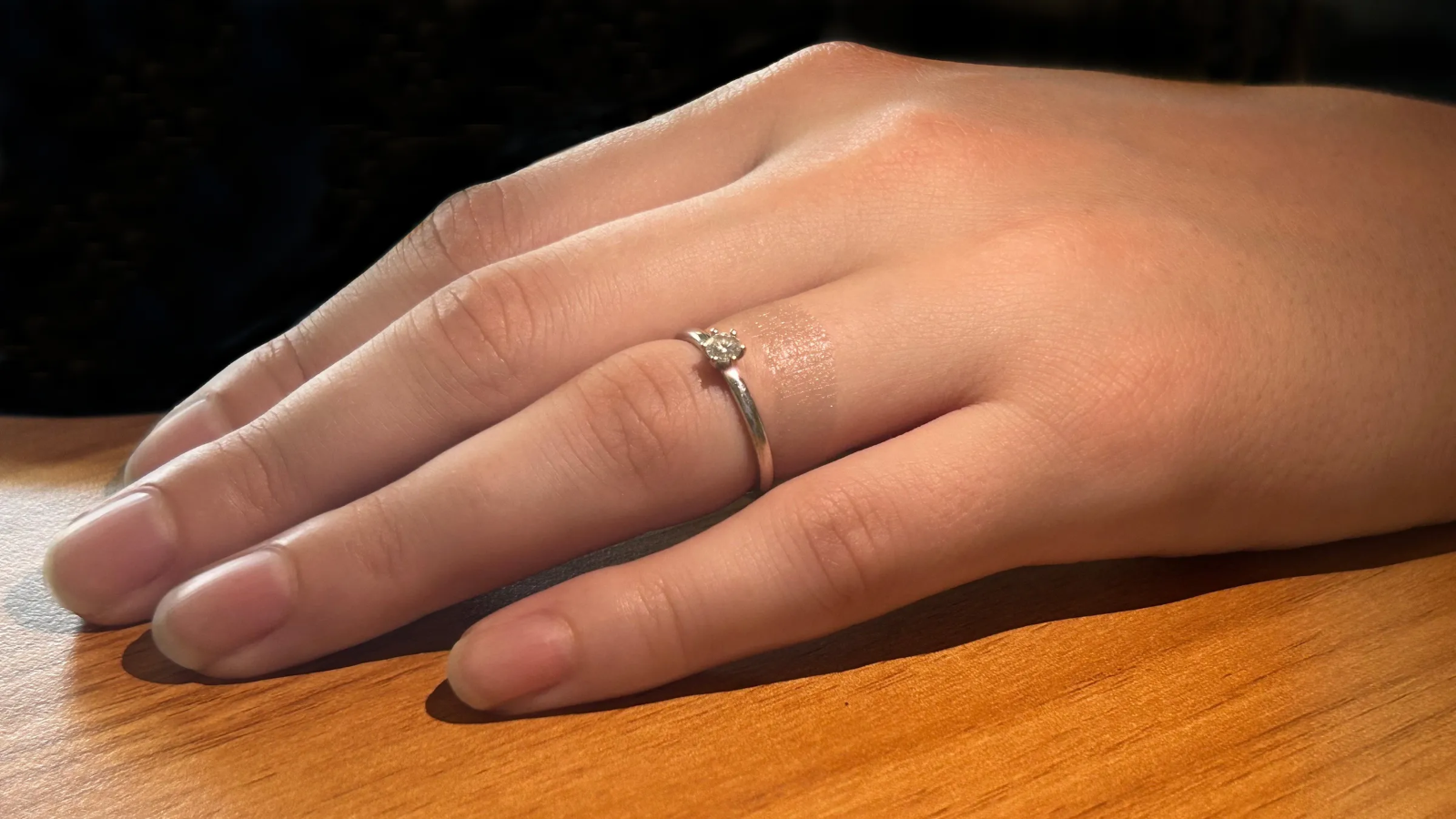When you purchase through links on our site, we may earn an affiliate commission.Heres how it works.
Invisible sweat sensors could one day be used to detect health conditions.
Weve heard before thatwearable sensors have the potential to revolutionize health monitoring.

First developed by a team at Northwestern University, these electronic skin patches are made using graphene.
Less than a millimeter thick, theyre practically invisible and can flex with the skin.
However, the next generation of these patches could get data from a different bodily source: sweat.
One that was applied to the skin by wetting a sheet of transfer paper just like a temporary tattoo.
Monitoring sweat isnt a new pursuit.
Several labs are working on stick-on patches that do precisely that.
Some change color when certain chemicals are present, while others are attached to large electrochemical sensors.
Both require chambers to collect sweat.
What makes graphene e-tattoos so exciting is that they dont making them much smaller.
In simple terms, the graphene itself is used as a transistor.
When a certain substance in sweat meets molecules on the graphenes surface, an electrical signal is produced.
Through changes in the transistors resistance, the amount of that substance is reported.
These could, in theory, be used to indicate potential health issues.
In a medical scenario, the biosensors could provide real-time data without the need for blood tests.
Its all clever stuff, but the wearable future is still a way off.
That means theyre not yet the flexible, invisible future of healthcare.
That process will probably require some blood and tears, in addition to sweat.
Still, in the next decade, Kireev predicts well see sweat-sensing e-tattoos built into thebest smartwatches.